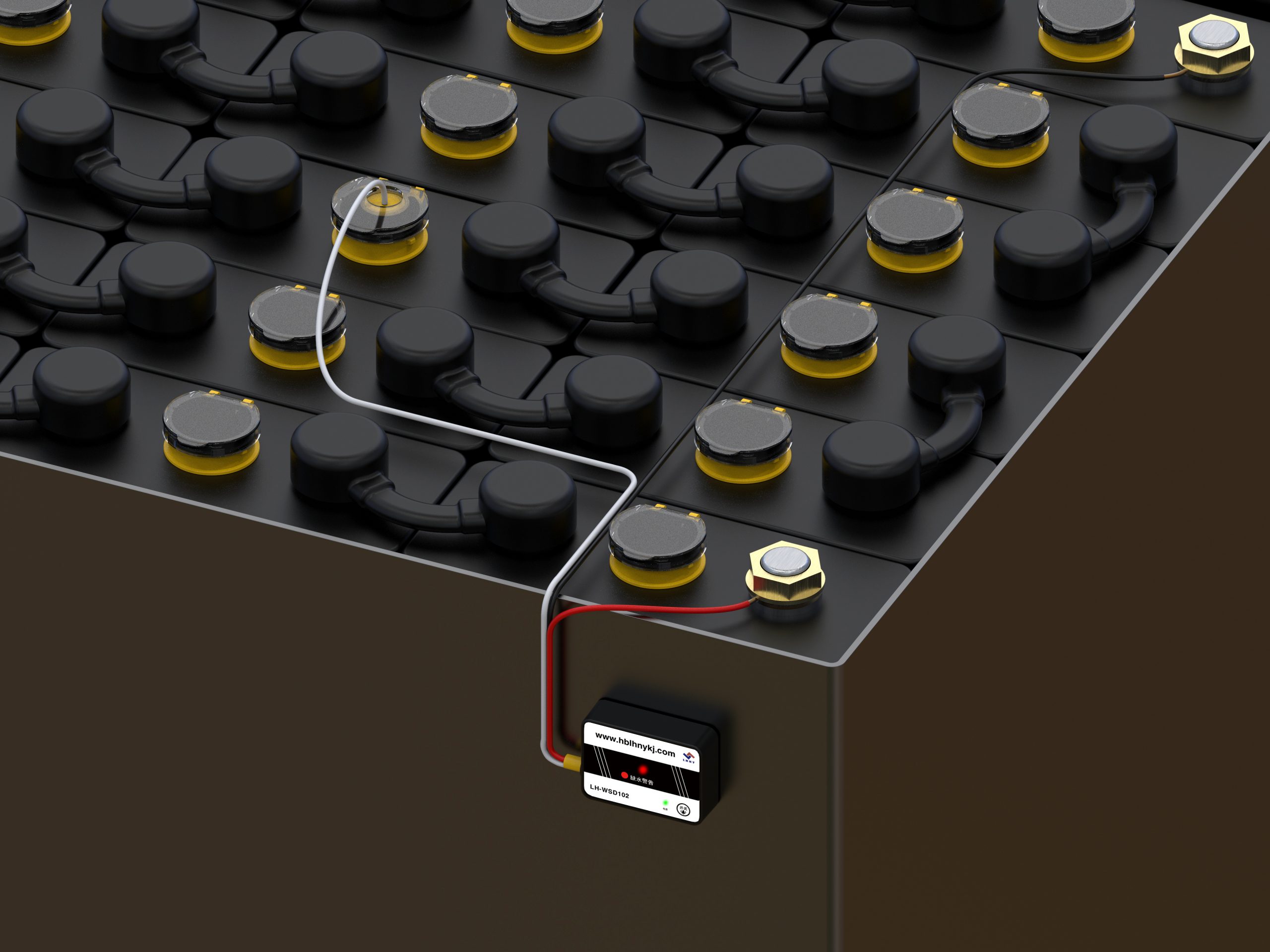The rated capacity C of the battery, in ampere-hour (Ah), is the product of the discharge current ampere (A) and the discharge time hour (h). Since the Ah obtained by using different discharge parameters for the same battery is different, in order to facilitate the description, measurement and comparison of battery capacity, uniform conditions must be set in advance.
In practice, battery capacity is defined as: The power given by discharging the battery to the set voltage with the set current. It can also be said that the battery capacity is the product of the time it takes to discharge the battery to a set voltage with a set current and this current.
In order to set uniform conditions, first of all, according to the differences in battery structure characteristics and uses, several discharge time rates are set. The most common ones are 20 hours, 10 hours, and 2 hours for electric vehicle batteries, written as C20 , C10, and C2, where C represents the battery capacity, followed by a number that indicates the number of hours that this type of battery is discharged to the set voltage at a certain intensity of the current.

Therefore, the rated discharge current is obtained by dividing the hours by the capacity. That is to say, batteries with the same capacity but different discharge rates have far different nominal discharge currents. For example, if the battery capacity of an electric bicycle is 10Ah and the discharge rate is 2 hours, it is written as 10Ah2, and its rated discharge current is 10(Ah)/2(h)=5A; And a battery capacity for starting a car is 54Ah and the discharge rate is 20 hours, written as 54Ah20, its rated discharge current is only 54(Ah) / 20(h) = 2.7A! To put it another way, if these two batteries are discharged with currents of 5A and 2.7A respectively, they should last for 2 hours and 20 hours respectively before dropping to the set voltage.
The above-mentioned set voltage refers to the termination voltage (unit V). The termination voltage can be simply understood as: the battery voltage drops to the minimum value that will not cause damage during discharge.The termination voltage value is not fixed, it decreases with the increase of the discharge current. The larger the discharge current of the same battery, the lower the termination voltage, and vice versa. That is to say, the battery voltage is allowed to drop to a lower value when discharging with a large current, but not when discharging with a small current, otherwise, it will cause damage.
The current intensity of the battery in operation is also often expressed by the rate, written as NCh. N is a multiple, C represents the number of ampere hours of capacity, and h represents the number of hours specified by the discharge rate. The value of h here is only used as a reminder that the relevant battery belongs to the type of discharge time rate, so when describing a battery with a certain time rate, the rate is often written in the form of NC without writing a subscript. The multiple N times the capacity C equals the current A.

For example, a 20Ah battery is discharged at a rate of 0.5C, 0.5×20=10A. For example from another angle: the capacity of a car’s starting battery is 54Ah, and the measured output current is 5.4A, then its discharge rate N at this time is 5.4 / 54=0.1C.The figure below shows the relationship between the termination voltage and discharge time of a battery product with a 20-hour rate at different discharge rates. These values are representative of common lead-acid batteries.
The Ah (the product of current and time) obtained by the same battery under different discharge currents is different. Assuming that the capacity of the battery is 10Ah, the discharge time at a rate of 0.6C, that is, 6A, can only last for 1 hour, and the amount of electricity that can be released is only 6A×1h=6Ah.And at 0.05C, that is, 0.5A, the discharge time can last for 20 hours, and the discharged power is 0.5A×20h=10Ah. Although the termination voltage of the former is much lower than that of the latter, the amount of electricity that can be discharged is much smaller than that of the latter.
